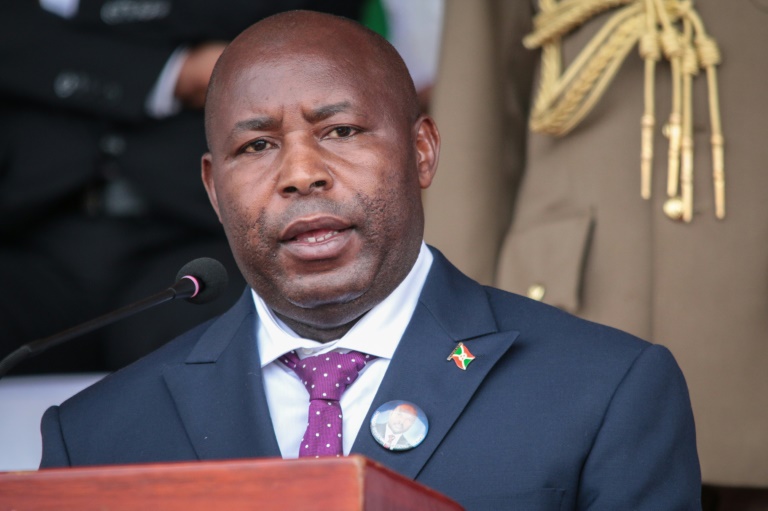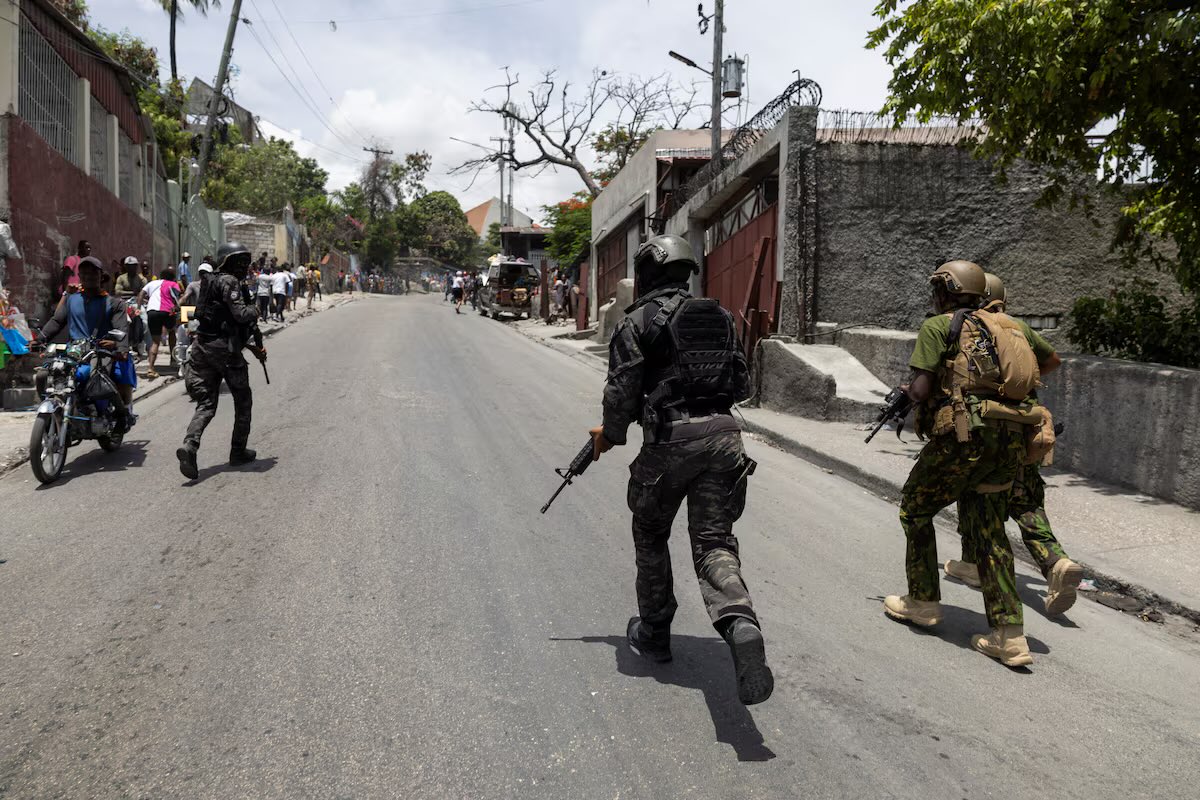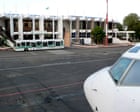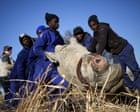Kenya has endured a harrowing history of aviation disasters that have left an indelible mark on the nation. These tragedies, both within and beyond its borders, have claimed the lives of athletes, officials, and ordinary citizens, leaving communities to grapple with loss and a renewed focus on aviation safety. Below is a detailed account of the most notable crashes that have shaped this grim chapter of Kenya’s history.
East African Airways Flight 720 (1970)
Date: May 18, 1970
Location: Addis Ababa, Ethiopia
Aircraft: Vickers VC10
The tragedy struck when an East African Airways flight en route from Nairobi to London crashed while attempting to land in foggy conditions in Addis Ababa. Of the 55 passengers and crew aboard, 43 perished, including members of Kenya’s national boxing team. These athletes, who represented some of the brightest hopes in Kenyan sports, were tragically lost, robbing the nation of emerging talents and leaving an unfillable void in the world of boxing.
Lufthansa Flight 540 (1974)
Date: November 20, 1974
Location: Nairobi, Kenya
Aircraft: Boeing 747-130
Dubbed the “Safari Jet,” this Lufthansa aircraft became the first fatal accident involving a Boeing 747. Shortly after takeoff from Nairobi’s Jomo Kenyatta International Airport, the aircraft suffered a mechanical failure that resulted in a catastrophic crash. Of the 157 people on board, 59 lost their lives. This disaster remains one of the deadliest aviation incidents in Kenya’s history and highlighted the risks of early jumbo jet operations.
Kenya Airways Flight 431 (2000)
Date: January 30, 2000
Location: Atlantic Ocean, Côte d’Ivoire
Aircraft: Airbus A310-304
In another tragedy, Kenya Airways Flight 431 crashed into the Atlantic Ocean shortly after takeoff from Abidjan. Of the 179 people aboard, 169 were killed. Investigations attributed the crash to pilot error combined with adverse weather conditions. This devastating incident sent shockwaves through Kenya and underscored the challenges of navigating rapidly changing weather conditions in aviation.
Kenya Airways Flight 507 (2007)
Date: May 5, 2007
Location: Douala, Cameroon
Aircraft: Boeing 737-800
This flight met a tragic end when it crashed into a mangrove swamp shortly after takeoff from Douala International Airport. All 114 passengers and crew on board perished. The crash was determined to have been caused by pilot error in navigating severe weather conditions. This incident reignited discussions about the importance of weather-related training for pilots operating in challenging environments.
Ethiopian Airlines Flight 302 (2019)
Date: March 10, 2019
Location: Bishoftu, Ethiopia
Aircraft: Boeing 737 MAX 8
This global tragedy resonated deeply in Kenya as it claimed the life of Hussein Swaleh, chairman of the Kenya Football Federation (KFF). Swaleh was returning from officiating a Confederation of African Football (CAF) match in Egypt. The crash, caused by a malfunction in the aircraft’s Maneuvering Characteristics Augmentation System (MCAS), led to the global grounding of the Boeing 737 MAX fleet. All 157 people aboard were killed, marking a somber day in aviation history.
FlySax Aircraft Crash (2018)
Date: June 5, 2018
Location: Aberdare Range, Kenya
Aircraft: Cessna 208 Caravan
A FlySax-operated Cessna 208 Caravan crashed into the Aberdare Range while flying from Kitale to Nairobi. Poor weather conditions and miscommunication between air traffic control and the pilot were identified as contributing factors. All 10 people aboard the aircraft lost their lives, highlighting the persistent challenges of navigating Kenya’s diverse and sometimes unforgiving terrain.
Kenya Police Helicopter Crash (2012)
Date: June 10, 2012
Location: Ngong Forest, Kenya
Aircraft: Eurocopter AS350
The nation was thrown into mourning when a police helicopter crashed, killing all six on board, including Internal Security Minister George Saitoti and his deputy Orwa Ojode. The crash, attributed to mechanical failure, marked one of the most high-profile aviation disasters in Kenya’s history, as the loss of two prominent political leaders sent ripples through the country.
Legacy of Aviation Tragedies in Kenya
These tragedies serve as stark reminders of the fragility of life and the critical need to improve aviation safety. They have claimed the lives of Kenya’s finest-from promising athletes and revered political figures to everyday citizens. Each disaster has prompted inquiries, reforms, and advancements in safety protocols, yet the scars left by these losses remain deep.
Kenya continues to honor the legacies of those lost, whether athletes, leaders, or ordinary citizens, as it strives for a safer future in aviation.














